Checkmating with two rooks is a common form of checkmate in the endgame, especially in beginner games.
It involves the two rooks moving across the board, constantly giving checks, and forcing the opposing king to move in one direction until it is trapped on one row or column (usually the 7th and 8th rank).
One of the rooks finally moves into that row or column, causing checkmate.
This type of checkmate is called the Ladder mate because the rooks move as if you were climbing a ladder. One rook cuts off a file (or rank), then the other rook cuts off another file (or rank).
Let’s see this in action.
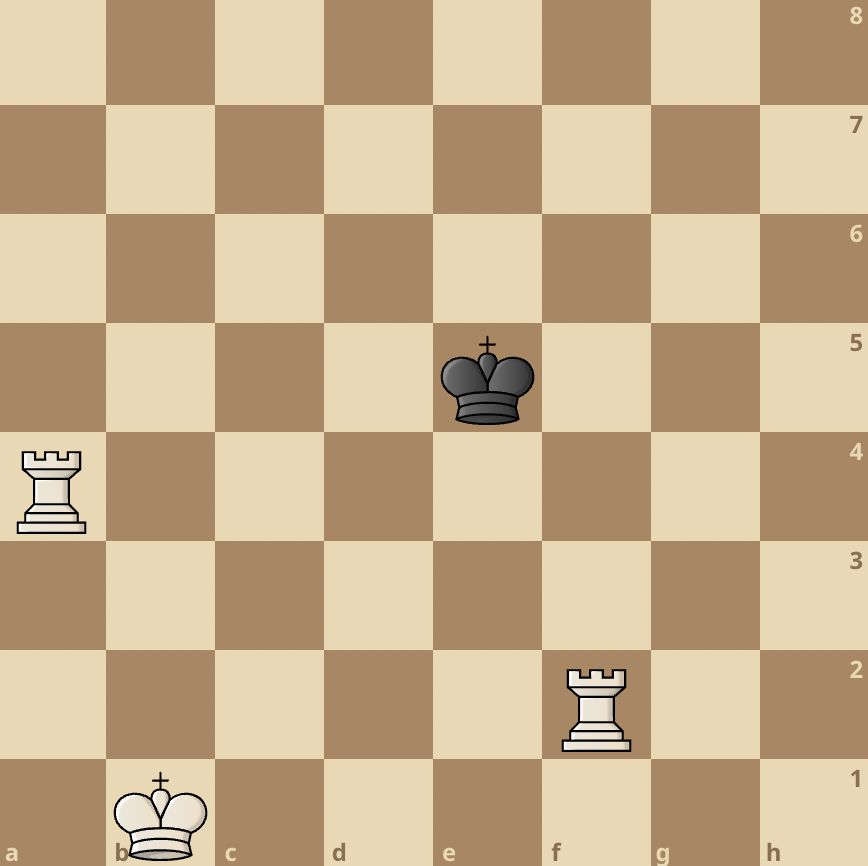
Here is a random King + Two Rooks vs King endgame position. White needs to immediately set up the ladder-like structure to bring in the full point.
If you happen to have a position that resembles that of White, the first thing to do is decide if you want to mate your opponent on ranks or files. This is so that you don’t get confused or probably end up stalemating your opponent.
For the purpose of this article, we’ll go with checkmating on the last rank.
So, how does White make that work?
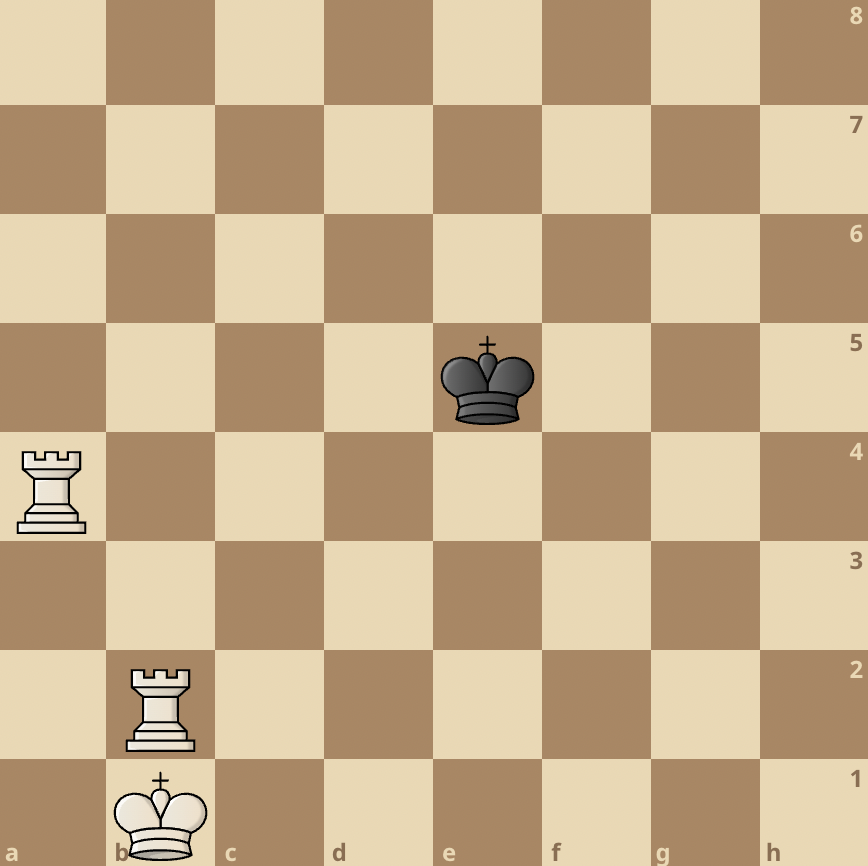
White starts with 1. Rb2.
The idea behind it is simple. White wants to assume the pattern that leads to Ladder mate.
Here’s what we mean:
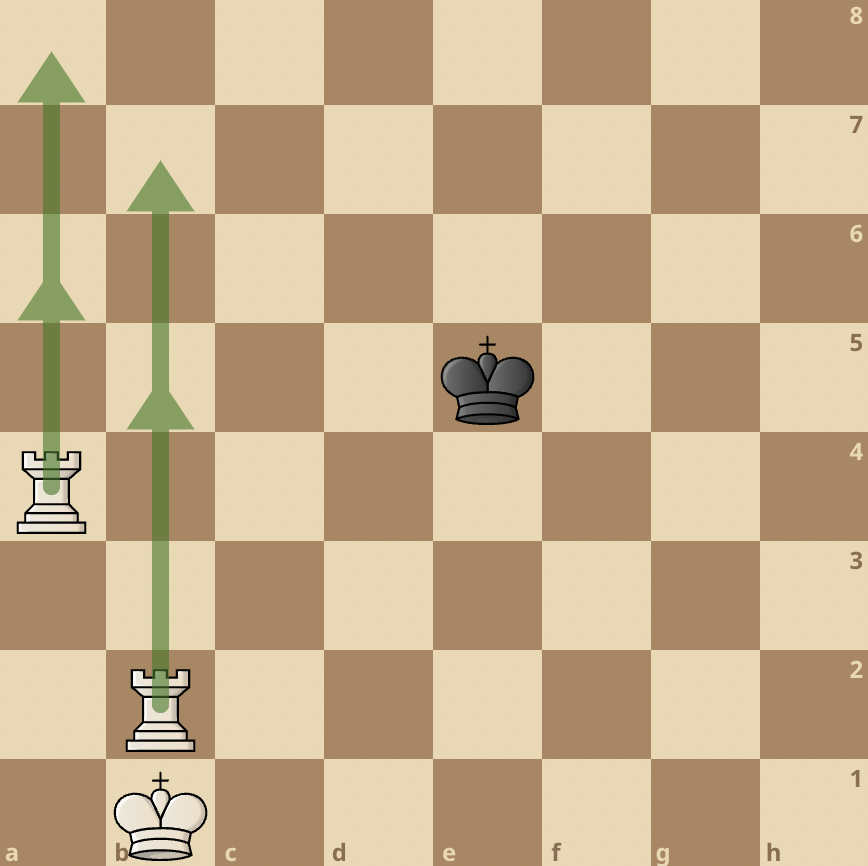
Black continues with 1…Kd5 and White plays 2. Rb5+ effectively forcing the Black king away from the 5th rank into the 6th rank.

2…Kc6 Black threatens the rook on b5 and White has to do something about it.
3. Rh5
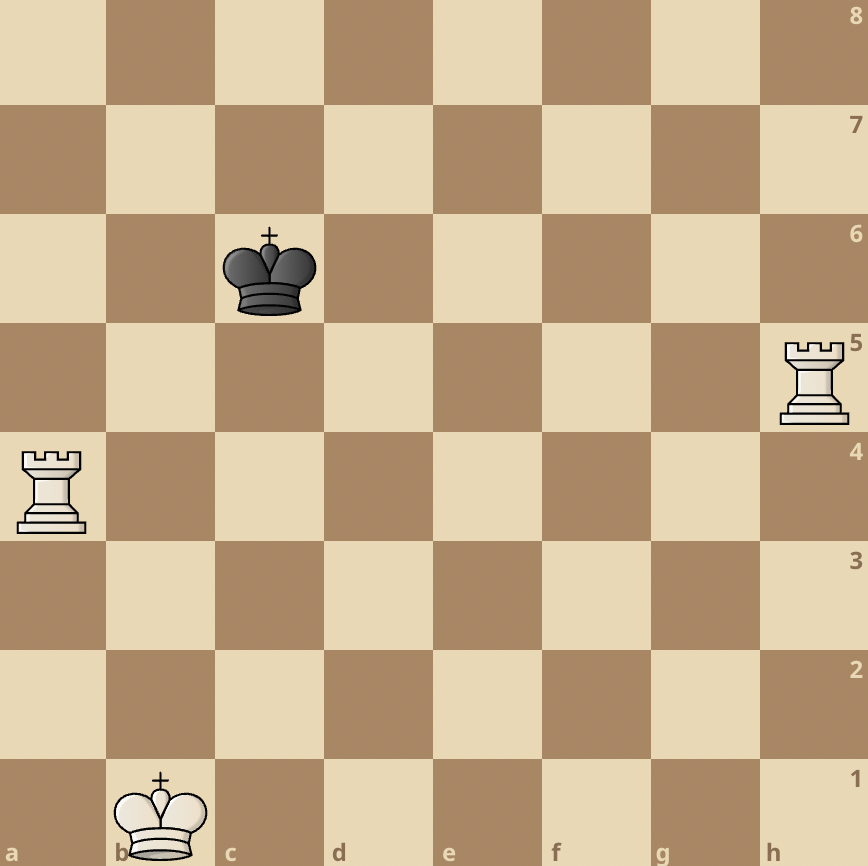
Beginner players often fall victim to these blunders in the two rook checkmate. They’re usually carried away by their plan of setting up the ladder structure that they leave one of their rooks hanging at some point.
The best way to avoid issues like this is to move your rooks far away to the edge of the board where the opposing king can’t easily reach.
If the Black king tries to go after any of the rooks, White can simply transfer the rooks in one swift move to the other side of the board faraway from the Black king’s reach.
3…Kb6 4. Rg4
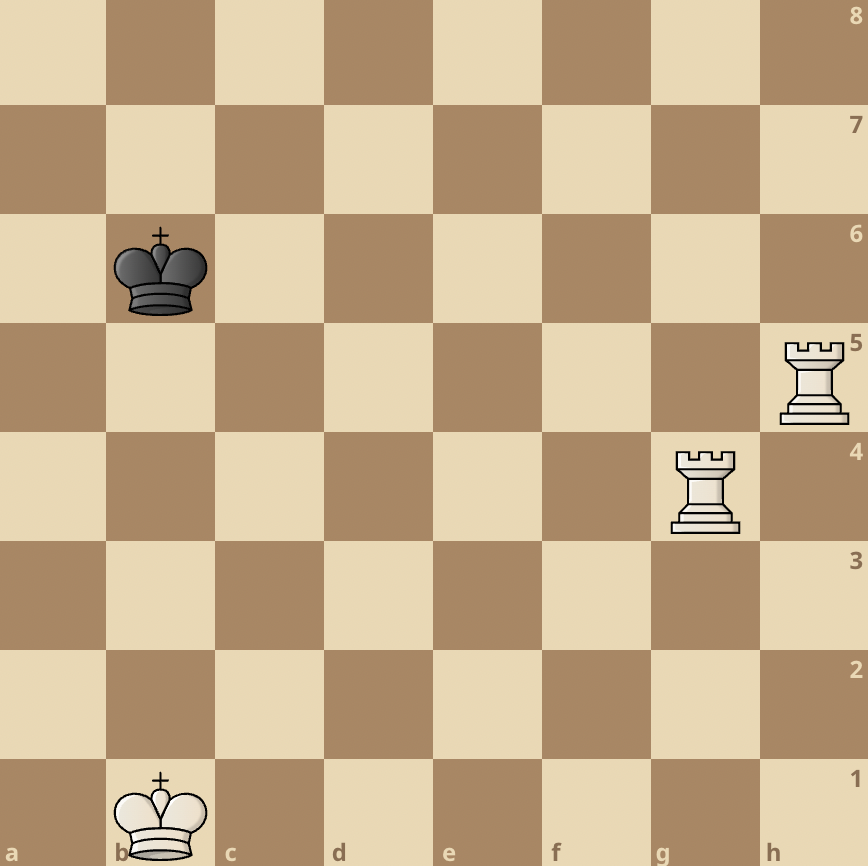
Observe that the White rook on a4 can’t move to a6 as planned because of the presence of the Black king.
So as discussed earlier, Rg4 sets the whole Ladder mate pattern all over, and this time, the Black king can’t just get to the other side in time.
4…Kc6 5. Rg6+
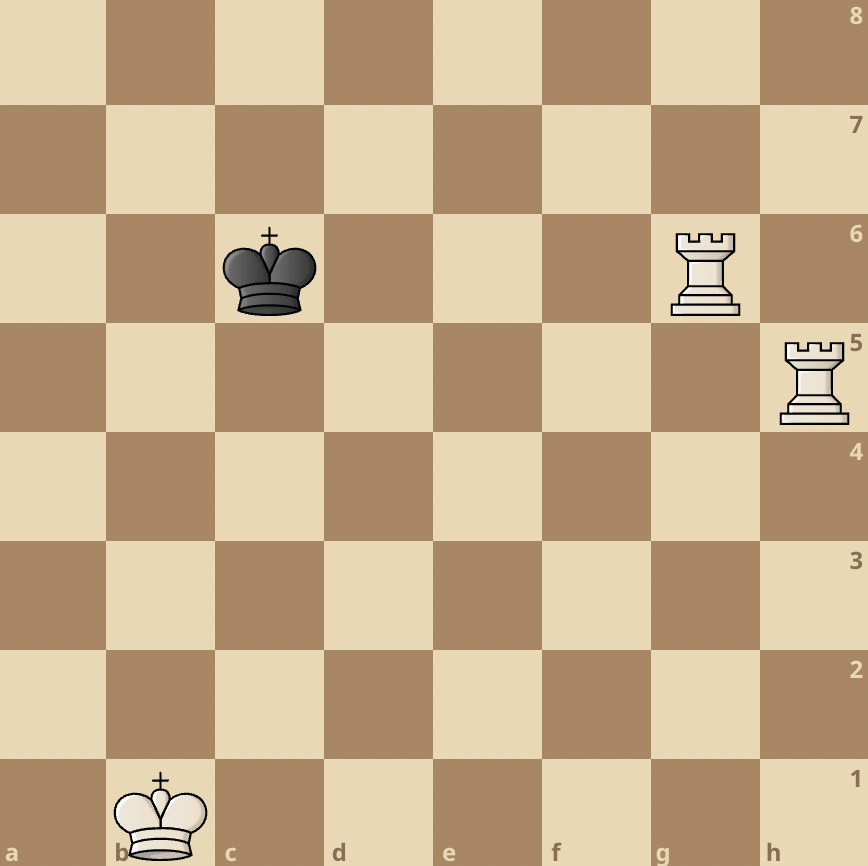
6…Kd7 Rh7+
We see that the Ladder mate sequence is almost complete.
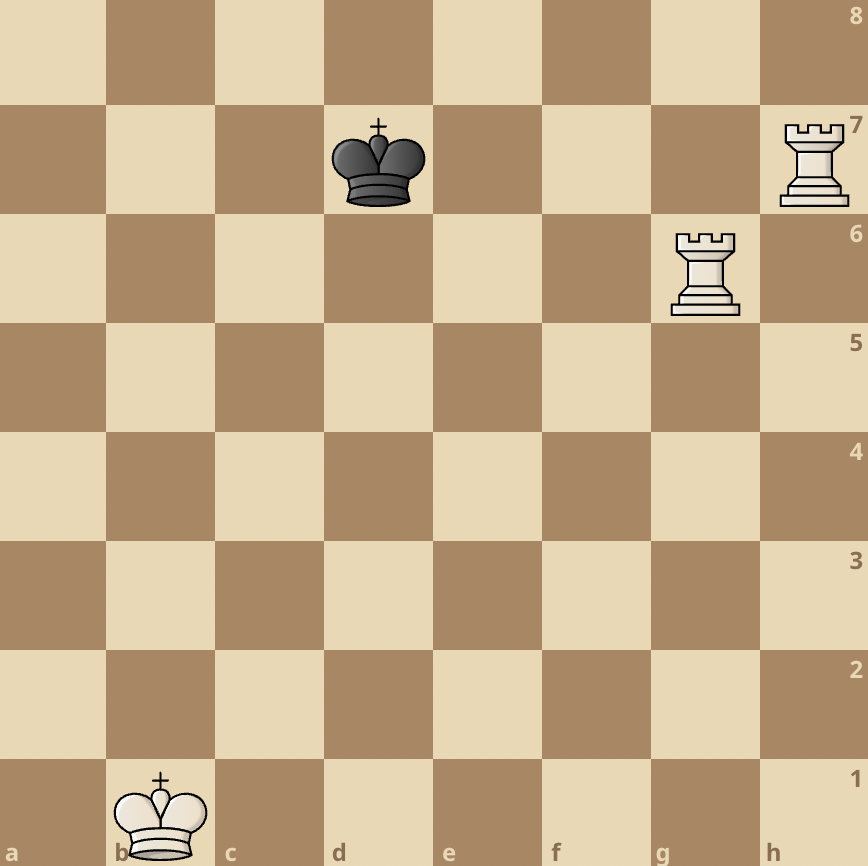
6…Ke8 7. Rg8#
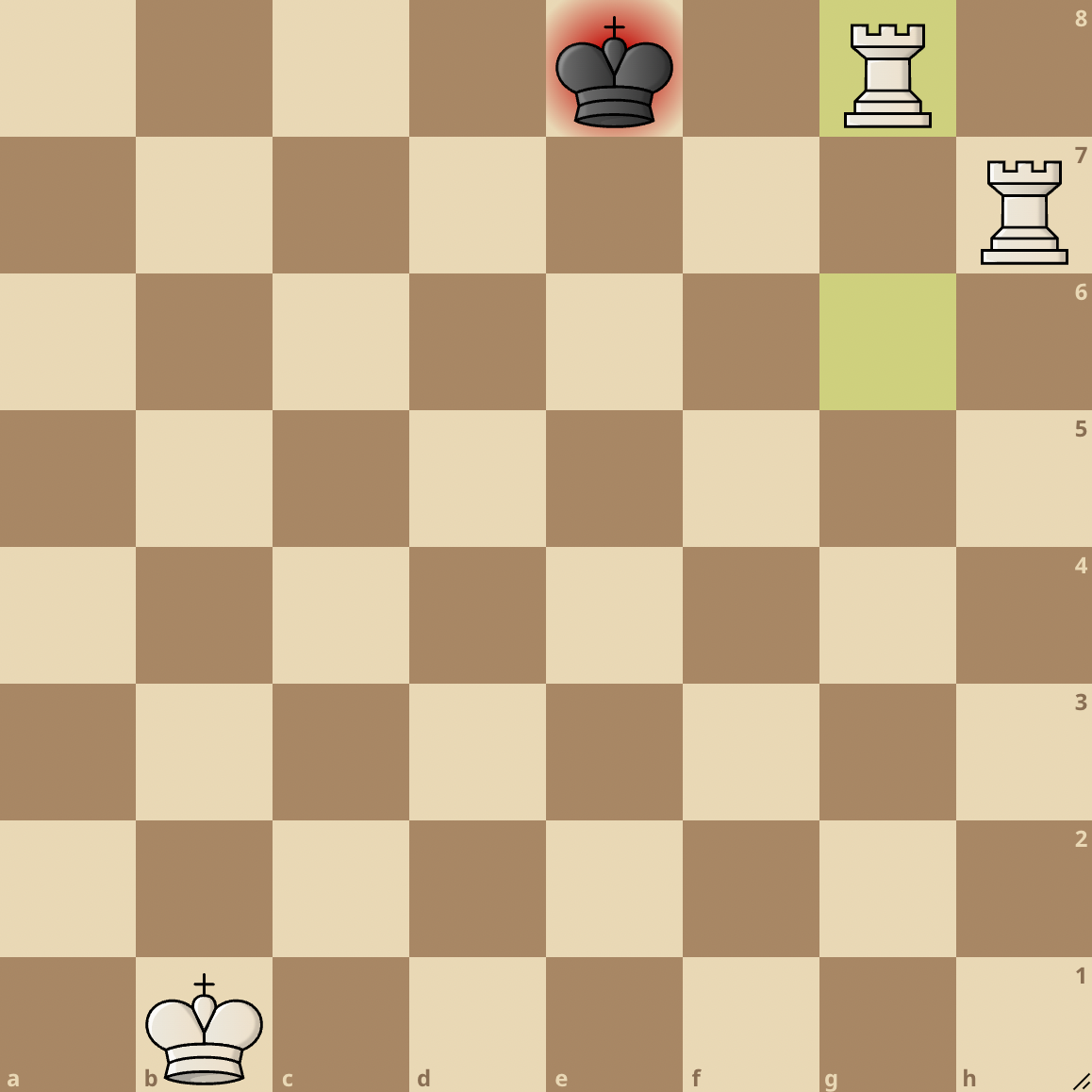
From this analysis, you can’t help but notice how the rooks work together to checkmate the Black king.
Remember, all you need to do is count how many ranks or files the opposing king has to roam. Then, start taking the file or ranks away from your opponent in a systematic way.
Voilà, by now you should be able to play the two rooks checkmate anytime, anywhere.






join the conversation